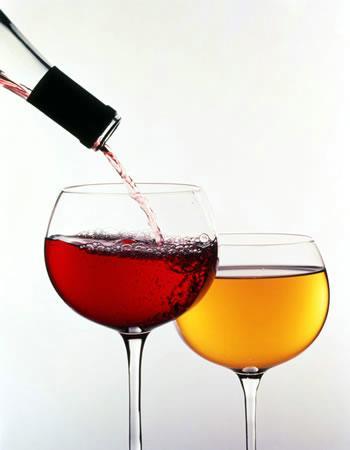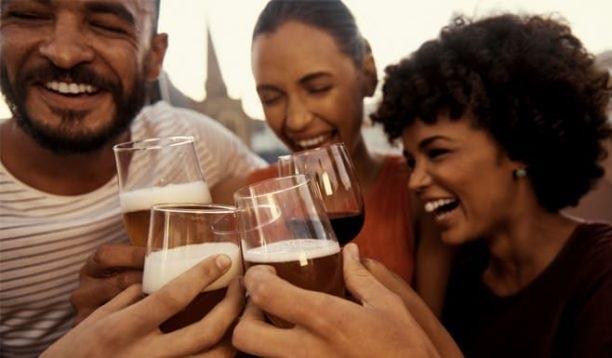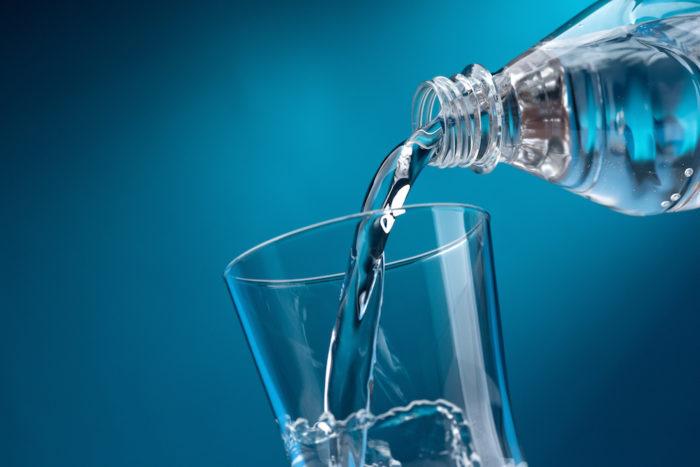Studies Reveal Excessive Drinking a High Factor in 1 of 5 Deaths Among US Adults
Excessive Drinking a High Factor in 1 of 5 Deaths Among US Adults
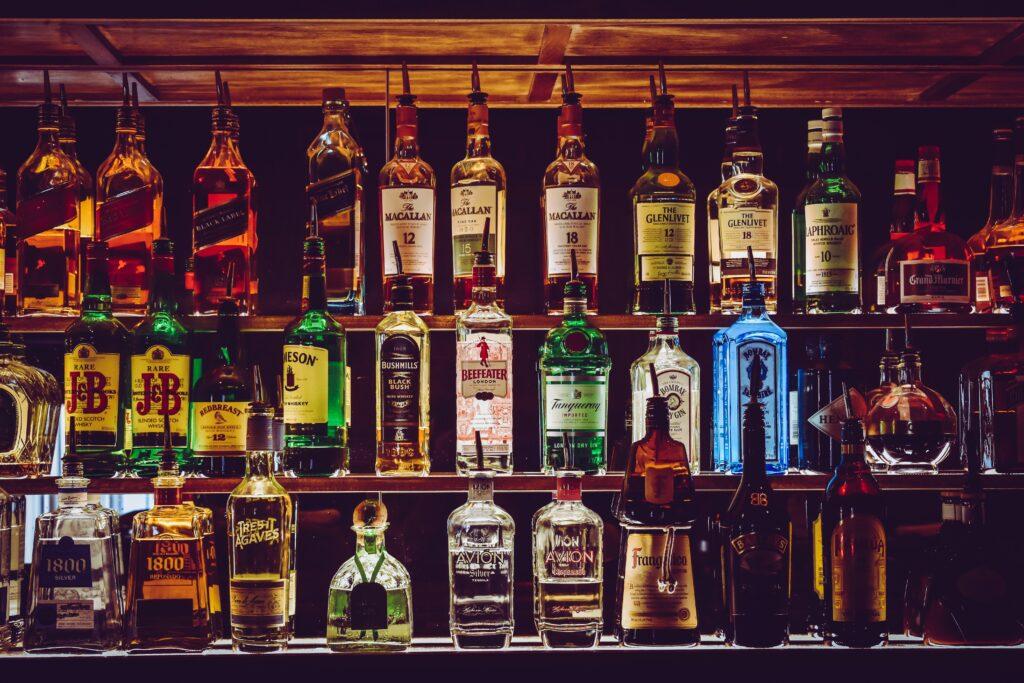
The idiom “choose your poison” when referring to which alcohol beverage you prefer to enjoy, may have some undeniable truth to it. Drinking alcohol can actually be poison when it is done excessively and results in apparent higher death rates. While social drinking is expected among individuals of a particular age group, going overboard may not always be a good idea health-wise. Although pouring another glass of wine or tequila shot, or having that extra bottle of beer for the road may seem like how a party is supposed to go, the enjoyment is obviously short-lived. A new study suggests that mindful alcohol intake plays a very important role in staying healthy…and staying alive longer for that matter.
Apparently, study shows that 1 in 5 deaths among adults in the US between 20 to 49 years old are caused by excessive drinking. As shown in the study published by JAMA Network Open on November 1st, 2022, individuals aged 20 to 49 years old have been recorded as 1 in 8 when it comes to drinking-related fatalities, exhibiting excessive alcohol intake of young to middle-aged adults in the United States. In a more specific analysis, the death percentage caused by excessive alcohol consumption differs from state to state. However, according to Dr. Marissa Esser, author and leader of US CDC (Centers for Disease Control) and Prevention’s Alcohol Program, nationally, excessive alcohol consumption is one of the leading causes of, what is otherwise, a preventable death.
Dr. Esser points out that mortality data between 2015 and 2019, on both national and per state, which had excessive drinking as either the main or partial cause of death, shows that the fatalities did include vehicular accidents, alcohol poisoning, and related illnesses like liver disease, which is a very common health impact for individuals who consume high levels of alcohol. In addition, the data reflects that deaths attributed to excessive alcohol consumption has increased dramatically in the past decade.
Although not involved in the study, David Jernigan, a Health Law, Policy, and Management professor at Boston University, shared his opinion on the matter saying that the numbers are unsurprising and that it can even be considered to be a conservative estimate. One reason stated by Jernigan is that people, in most cases, under-report on how much alcohol they are consuming.
Jernigan’s point on the matter does stand true as Esser shared that there were deaths recorded wherein alcohol was a likely contributor but the researchers of the study could not include them in their estimates as it lacked the required verification on whether or not alcohol did play a role. These include deaths by illnesses which are usually health impacts of heavy alcohol consumption. However, since it cannot be verified if indeed the illness was brought about by such or if it just coincidental, alcohol as a factor to the fatality cannot be established, thus cannot be included in the number of estimates.
Excessive alcohol consumption remains a major problem in the United States probably because it doesn’t get the attention that it should be having. In fact, not even close in relation to what should be done to address these otherwise preventable deaths.
How much is Too Much?
Esser points out that to be able to prevent such premature deaths, specific states and communities can utilize evidence-based strategies to address the issue head on. One such strategy has to do with being able to effectively reduce the availability and the accessibility of alcohol by limiting where such products can be bought, as well as an increase in its prices. On the other hand, individuals can practice mindful alcohol consumption by managing their intake, limiting it to a minimum or even trying to stop and kick the habit if it becomes unmanageable.
The goal of government agencies, both at the state and local level, is to encourage moderate alcohol consumption in general. This is the ultimate health and safety goal, according to Jernigan. To act as a guide, the CDC’s definition of moderate drinking is two or less drinks in a day for males, and one or less drinks in a day for women. Going beyond that is no longer considerate moderate drinking and can later on pose problems. In addition to such, the CDC also points out that two-thirds of the adult population is reported to drink more than what is considered to be of moderate amounts at least once every month.
Records of the CDC also show an estimate that 1 in every 6 adults do binge drinking. As defined by the CDC, binge drinking refers to the consumption of 4 or more drinks on one occasion for females and 5 or more drinks on one occasion for males. In addition, records also show that a quarter of these individuals do so weekly, at the very least.
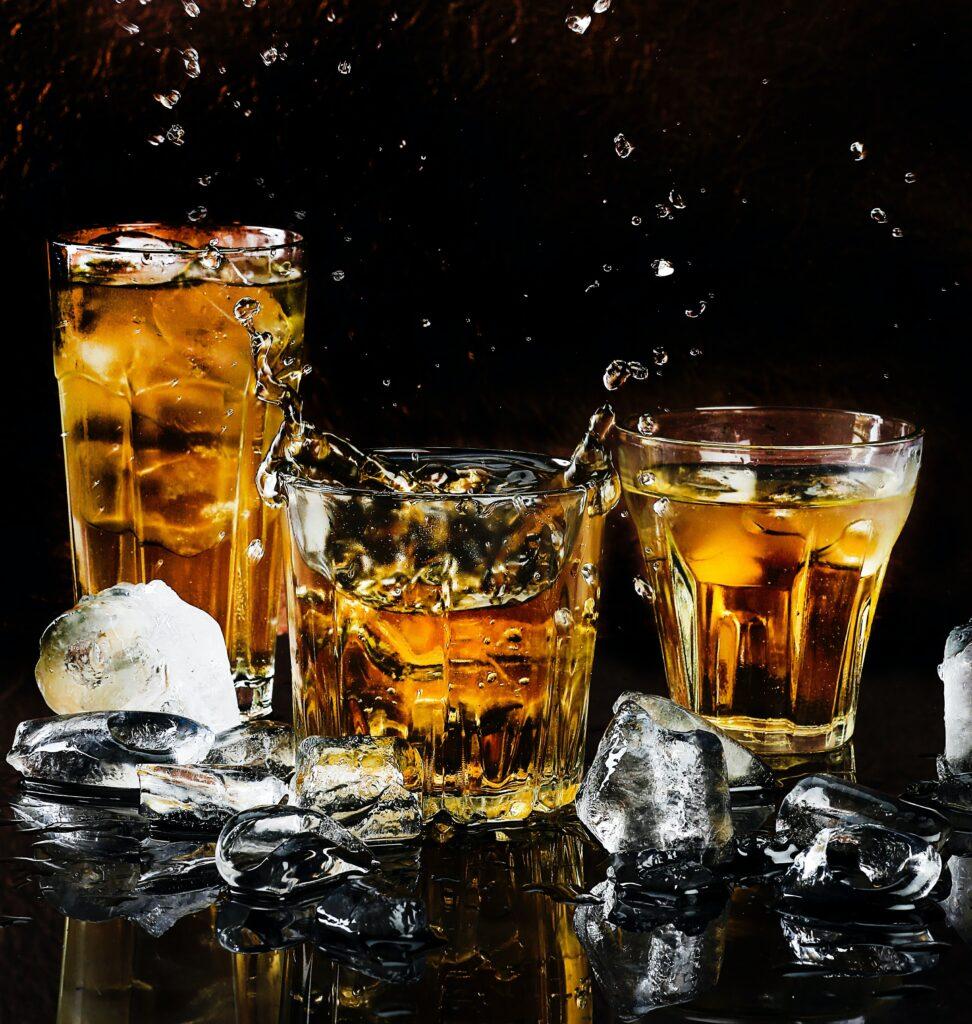
How to Limit Alcohol Intake
A registered dietitian and nutritionist based in Charlotte, North Carolina named Natalie Mokari denotes that the process of limiting alcohol drinking can be comparable to the effects of dieting in which the more you ban yourself from something, the more appealing and strong the cravings can gnaw at you. To be able to break the habit rather successfully, Mokari recommends decreasing alcohol consumption in a gradual manner so as not to shock the system. For occasional yet heavy drinkers, her recommendation is to drink one less serving from what you usually would have on a certain occasion. For those with a daily drinking habit, you can start by reducing your typical consumption to certain days only instead of everyday.
One useful tip offered by Mokari is to adjust your cocktails’ alcohol mix, making it weaker than your usual. Also in between drinks, you may have sparkling water so it will feel like drinking still but less the alcohol. This will help your system slowly but surely adjust to the changes you are trying to make with your lifestyle.
Another tip suggested by the Harvard Medical School of Boston is to alternate having alcoholic and non-alcoholic drinks as well as to plan having alcohol-free days. This is likewise a good strategy to wean off slowly and effectively with less likelihood of any setbacks. You may also want to try eating or nibbling on some munchies while drinking. Some people like peanuts, French fries, garlic mushrooms, spicy chicken wings, onion rings and the like.
Still others like sweets to go with their drinks including chocolates, brownies, caramel cheesecake, cashew brittle, and the like. These can distract you from consuming too much alcohol in one sitting compared to just purely having alcoholic drinks.
Meanwhile, the other factor that usually gets you to keep on drinking is the social pressure that makes you succumb to partying and drinking. Overcoming such pressure can be quite challenging, but according to the author of “This Naked Mind: Control Alcohol”, Annie Grace, it helps to remember that some individuals have the capacity to make you feel bad if you don’t go out with them to grab some drinks. It is important to realize though that their pressuring you could be coming from a place where they are also struggling with their bad relationship with alcohol.If you often find yourself in such situations, a helpful strategy is to hold a non-alcoholic drink ready in your hands during social events. This is a good way to be able to avoid getting offers to have an alcoholic drink when you already have one in your hand. This was confirmed by a biological psychologist in the person of Aaron White. White is also known to be the Senior Scientific Adviser for the National Institute on Alcohol Abuse and Alcoholism’s director and as such, his is great advice to take. The strategy mentioned above would be like your defensive action against imminent social pressure especially when you know of yourself to give in easily to such pressures. You are giving yourself an easy excuse this way by simply pointing out that you already have your own drink and refuse to get another one – an alcoholic version at that.
Most importantly, the CDC website offers a tool in which individuals can evaluate and assess their own alcohol consumption and be able to formulate a plan in making more mindful choices in relation to excessive drinking. Help and support is available and can be accessed immediately should you need them. You can keep in touch with the Substance Abuse and Mental Health Services Administration through their national helpline using the following numbers: 800-662-HELP (4357) and 800-487-4889 (a TTY option). This is a free service that you can avail and is conveniently active 24/7/365. The conversations are also held confidential so it is considered a reliable and trustworthy service. They provide information, as well as treatment referrals to facilities, support groups, and community organizations in your local area. You can check them out for yourself or if you feel you may need to refer someone who can benefit greatly from their services.





